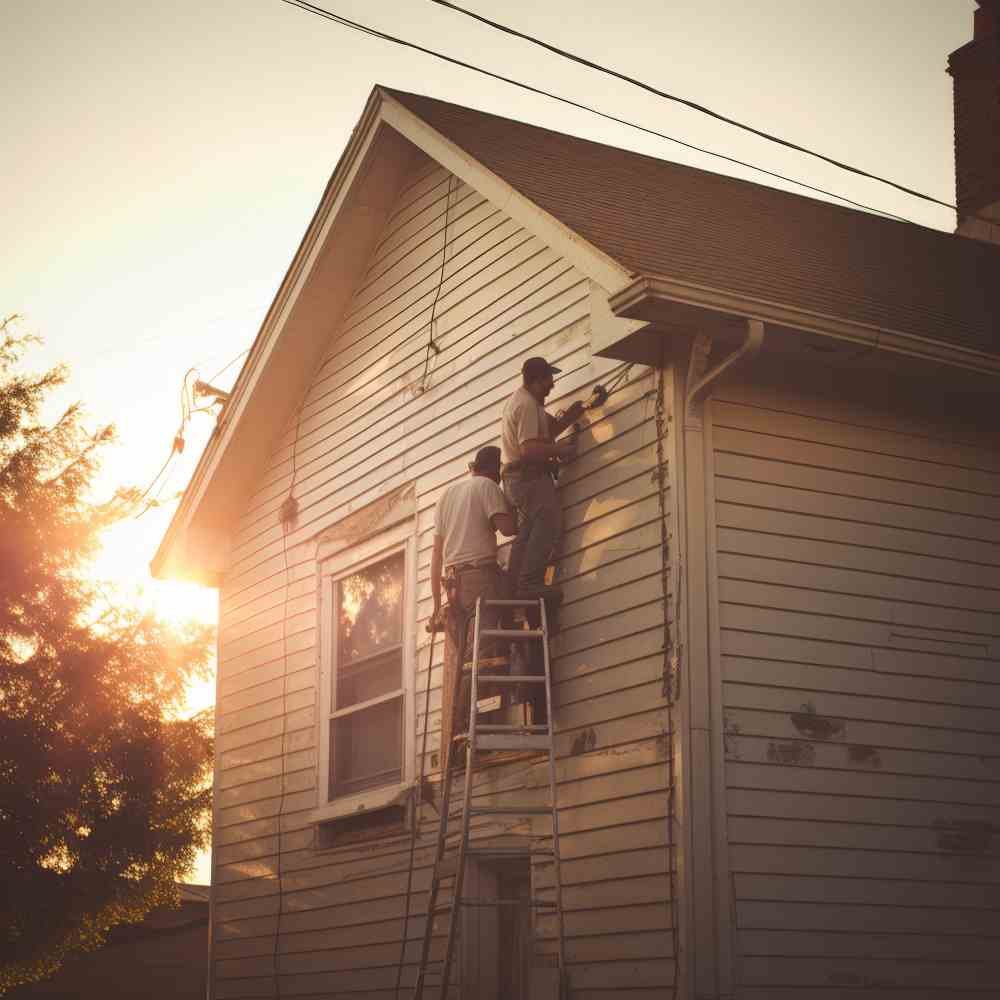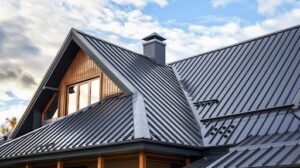When the time comes to replace a roof, homeowners often face an important decision: remove the existing shingles or simply layer new ones on top. While roofing over old shingles might seem like an easier and more affordable option, it comes with limitations that can impact the longevity and performance of the new roof. Tear-off projects may involve more time and labor, but they offer significant advantages regarding inspection, ventilation, and long-term protection. Choosing the tear-off method allows contractors to address underlying issues that could go unnoticed if a new roof is placed over the old one.
Uncovering problems hidden beneath old shingles
- Identifying Underlying Damage Before It Spreads
The most significant benefit of a tear-off is the ability to inspect the roof deck and underlying structures fully. Old shingles can conceal signs of water damage, rot, or mold that weaken the foundation of a roofing system. Removing the existing layers allows roofers to examine the decking and determine whether any sections need repair or replacement. This ensures the new roof is installed on a solid and stable base, free of hidden issues that could compromise its lifespan. Placing new shingles on top may trap moisture, mask soft spots, and prevent necessary repairs. With a tear-off, there’s an opportunity to upgrade underlayment, install new flashing, and assess the health of the entire structure. Companies like Castrum Exterior Construction perform thorough inspections during tear-offs, often uncovering long-ignored problems that, if left untreated, could have led to significant interior damage or structural failure down the line. This proactive approach adds both value and peace of mind.
Proper ventilation plays a critical role in the health and efficiency of a roofing system. A tear-off provides the opportunity to evaluate the existing ventilation setup and make necessary changes that improve airflow through the attic space. When new shingles are layered on top of old ones, heat and moisture can become trapped between the layers, creating a hot, humid environment that accelerates shingle deterioration and raises cooling costs. Without a clear look at the deck, ventilation pathways may remain blocked or inadequate, leading to poor temperature regulation in the home. During a tear-off, roofers can add or adjust ridge vents, soffit vents, or gable vents to create a balanced system that allows hot air to escape and fresh air to circulate. This balance reduces the strain on HVAC systems and helps maintain a consistent indoor climate. Beyond comfort, better ventilation also helps prevent ice dams in winter and mold buildup in warmer months, both threaten structural integrity.
- Avoiding Structural Stress from Excessive Weight
Every layer added to a roof increases the total weight that the framing and foundation must support. For this reason, most building codes limit roofs to two layers of shingles. When another layer is added without removing the first, the additional load can place stress on the home’s rafters, trusses, and overall structure. Over time, this can cause sagging, cracks in interior walls, or even long-term settling issues. A tear-off eliminates this concern by removing all outdated materials and allowing the new roofing system to perform as intended without burdening the structure. It’s also worth noting that shingle manufacturers design their products to be installed on flat, clean surfaces. Installing new shingles over old, curled, or uneven layers creates a wavy appearance. It reduces contact between shingles and the underlayment, increasing the risk of blow-offs and leaks during high winds. Removing the original shingles ensures a smoother, more uniform application that maximizes durability and function.
- Enhancing Warranty Coverage and Compliance
Many manufacturers offer warranties on roofing materials, but these warranties often include stipulations regarding installation methods. Roofing over existing shingles may void or reduce coverage if issues arise due to improper installation or trapped moisture. Additionally, local building codes may prohibit multiple roofing layers, depending on the climate, building type, and materials used. Failing to comply with these regulations can result in failed inspections, fines, or even forced roof removal. A tear-off ensures full compliance with local codes and allows the installation to meet manufacturer guidelines. This not only preserves the warranty but also protects the homeowner from legal or financial complications in the future. Contractors are likelier to stand behind their work when the installation is done over a clean, inspected surface. The result is a roofing system that meets or exceeds all required standards, assuring homeowners that their investment is protected for the long haul.
- Delivering a Cleaner, More Attractive Final Appearance
Beyond structural benefits, a tear-off allows for a better-looking roof. Installing new shingles over old ones often leads to an uneven appearance due to warping, buckling, or lifted edges on the original layer. These visual imperfections are difficult to hide, making even new shingles look prematurely aged. Over time, this uneven base may lead to faster wear and inconsistent coloration as shingles settle or pull away. A tear-off ensures the decking is smooth and properly aligned, providing a flat surface that gives the new shingles a consistent, clean appearance. This is especially important for higher-end roofing materials or homes with visible rooflines that contribute to curb appeal. Homeowners investing in architectural or dimensional shingles want those features to stand out, and that impact is diminished if the base is compromised. In addition, removing all debris from the previous roof reduces the chance of fasteners working loose and puncturing new materials from underneath.
Choosing a tear-off over roofing over old shingles may take longer and come with a higher upfront cost, but it pays off in durability, appearance, and peace of mind. A clean start allows roofers to assess hidden damage, improve ventilation, meet code requirements, and install a roofing system that lasts longer and performs better. By avoiding the shortcuts of a simple overlay, homeowners protect their property from future leaks, structural strain, and costly repairs. A tear-off offers a full reset for one of the most critical parts of a home, laying the groundwork for lasting protection and long-term value.
For more, visit our website Home Threads







